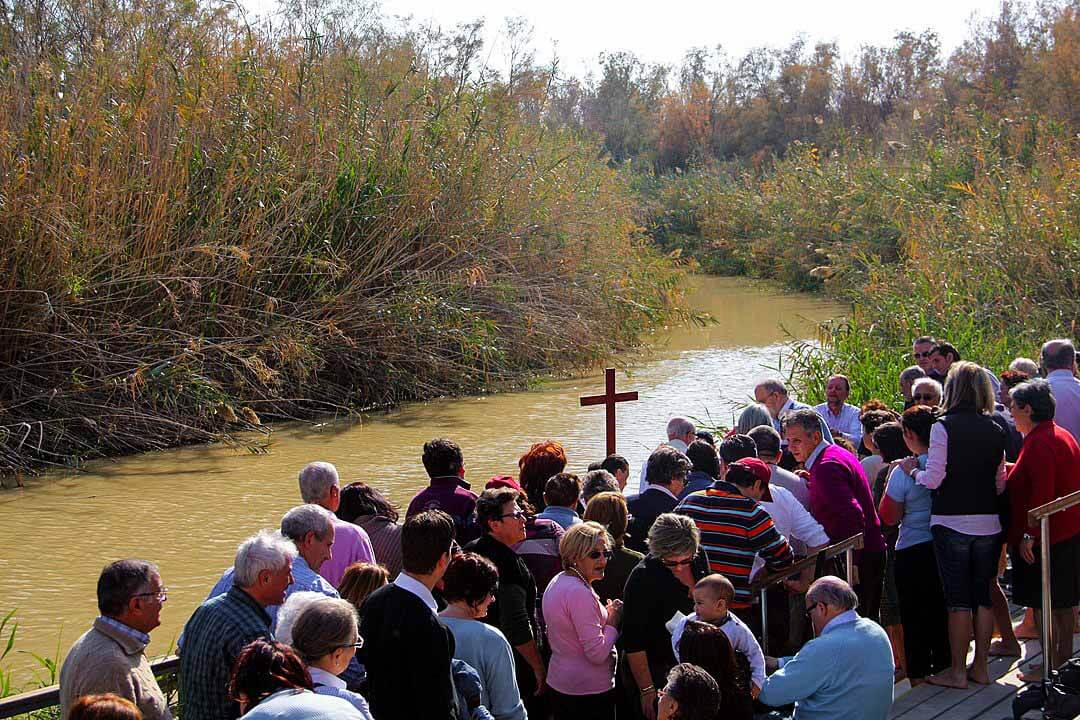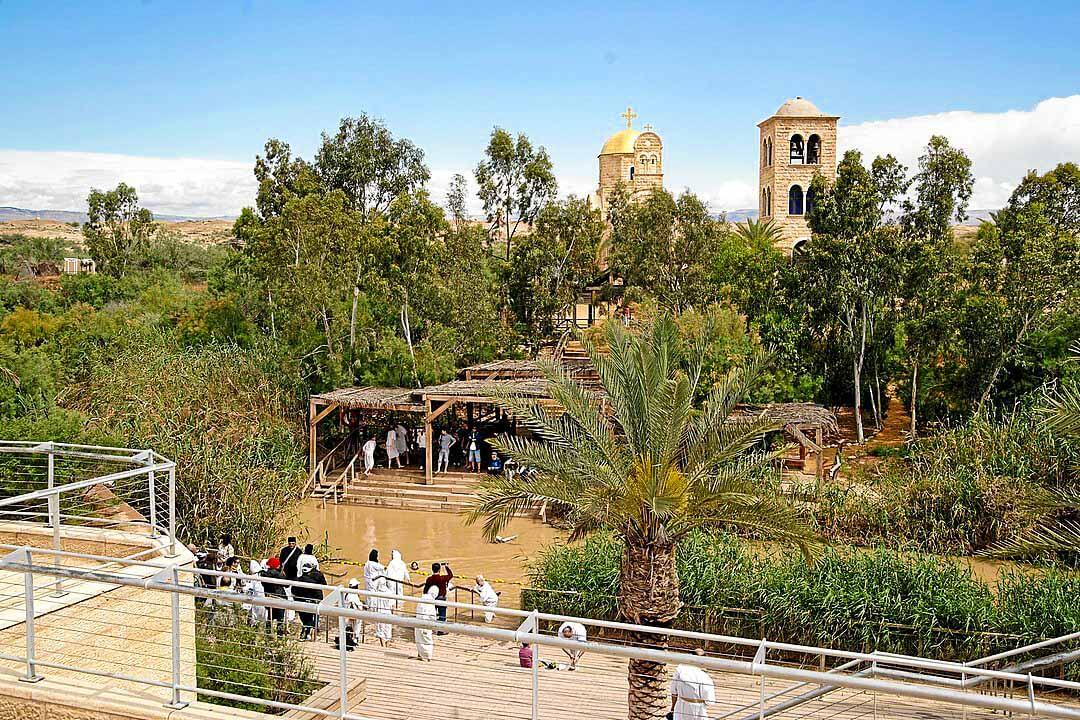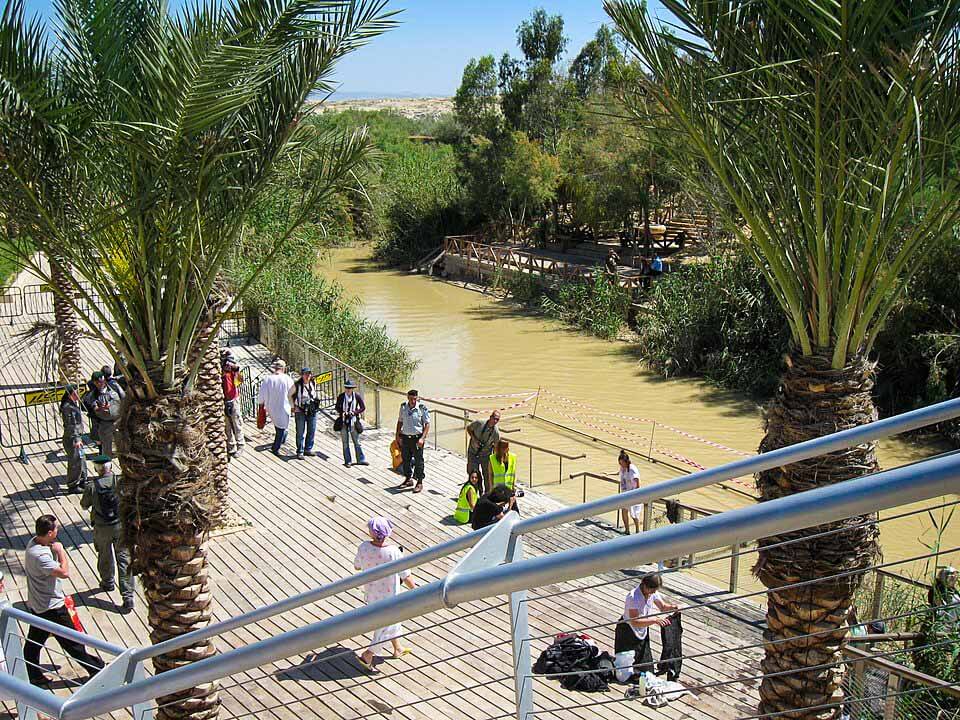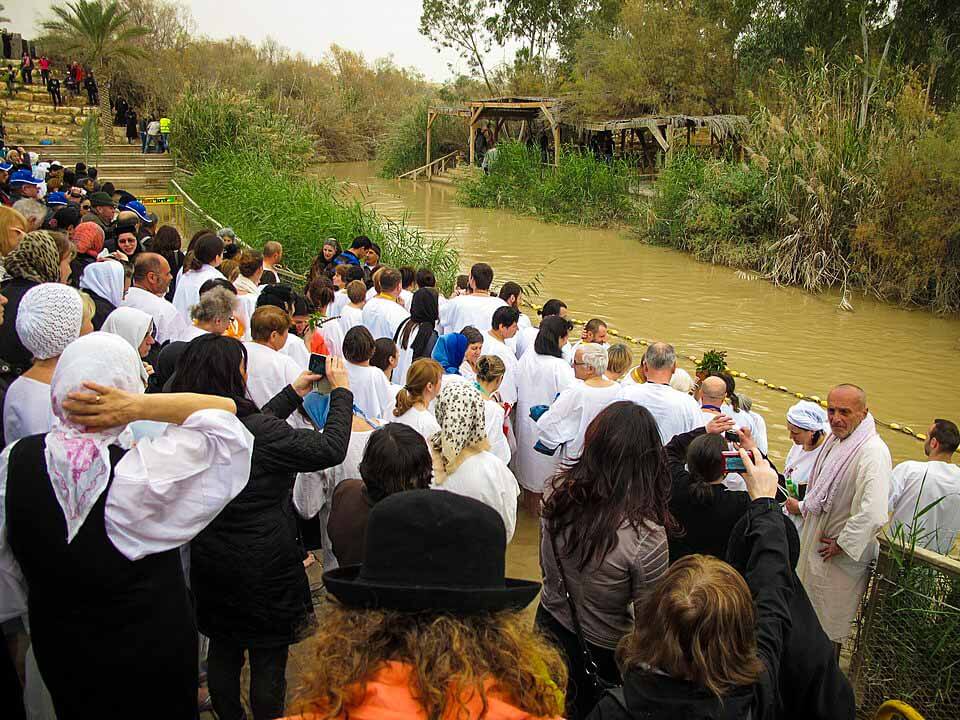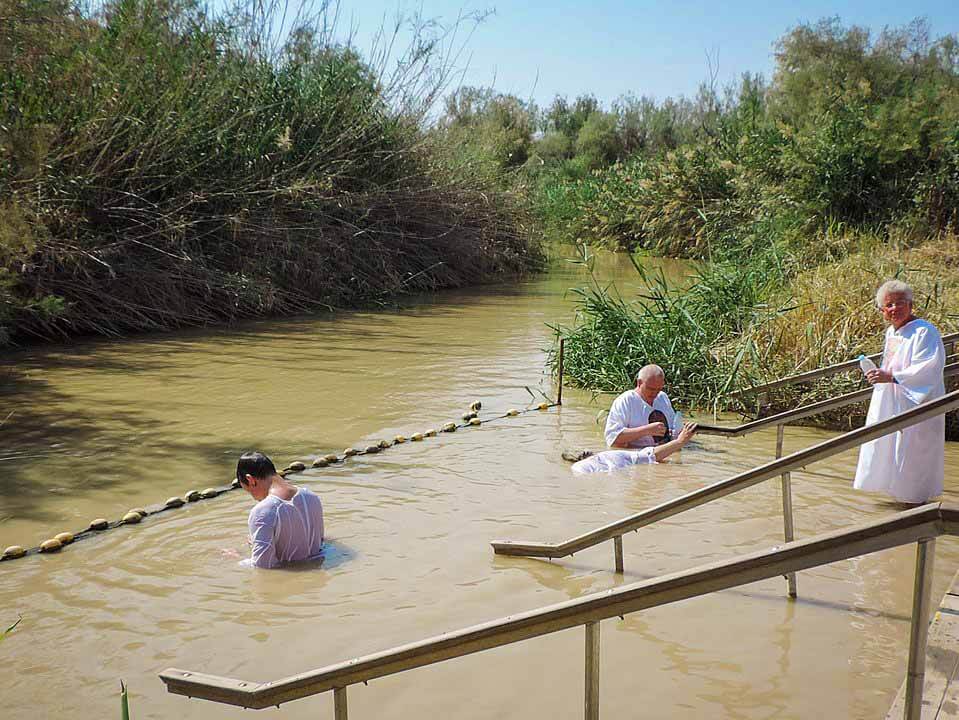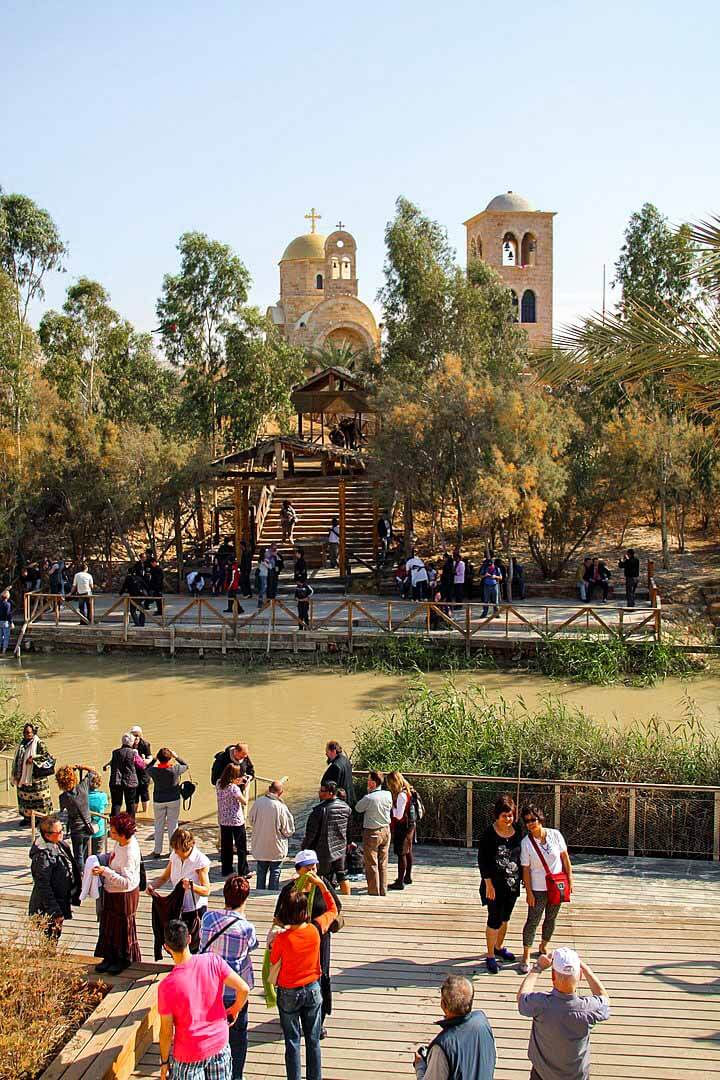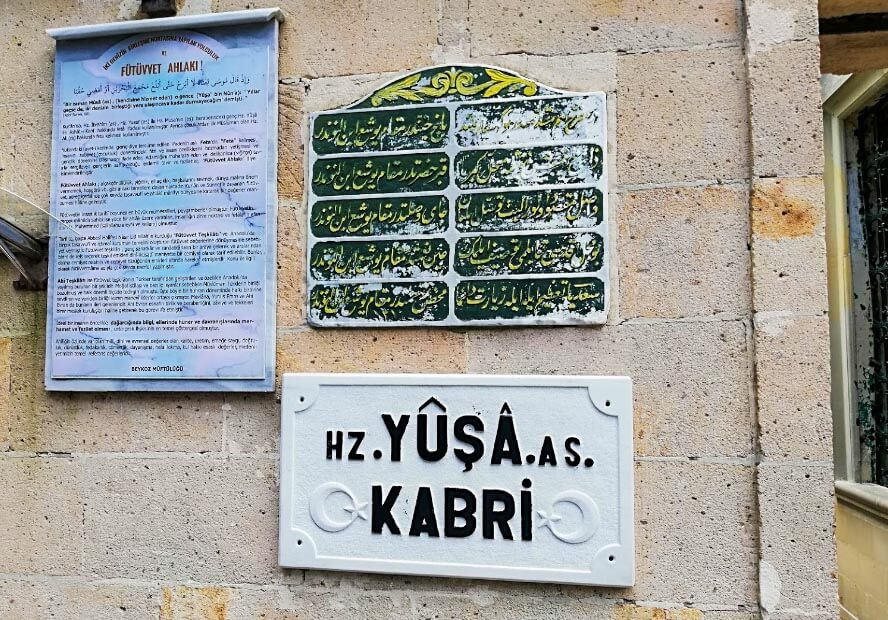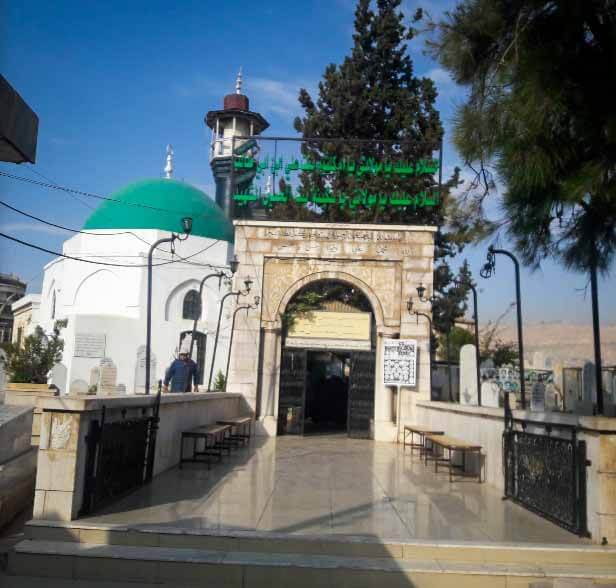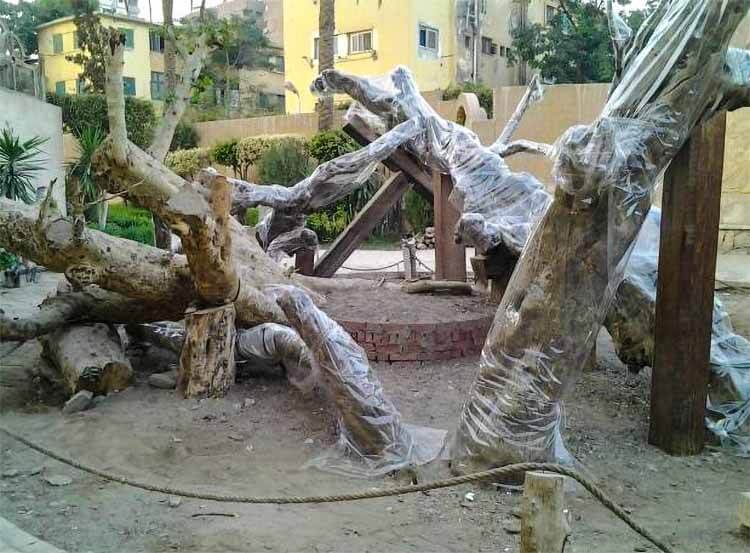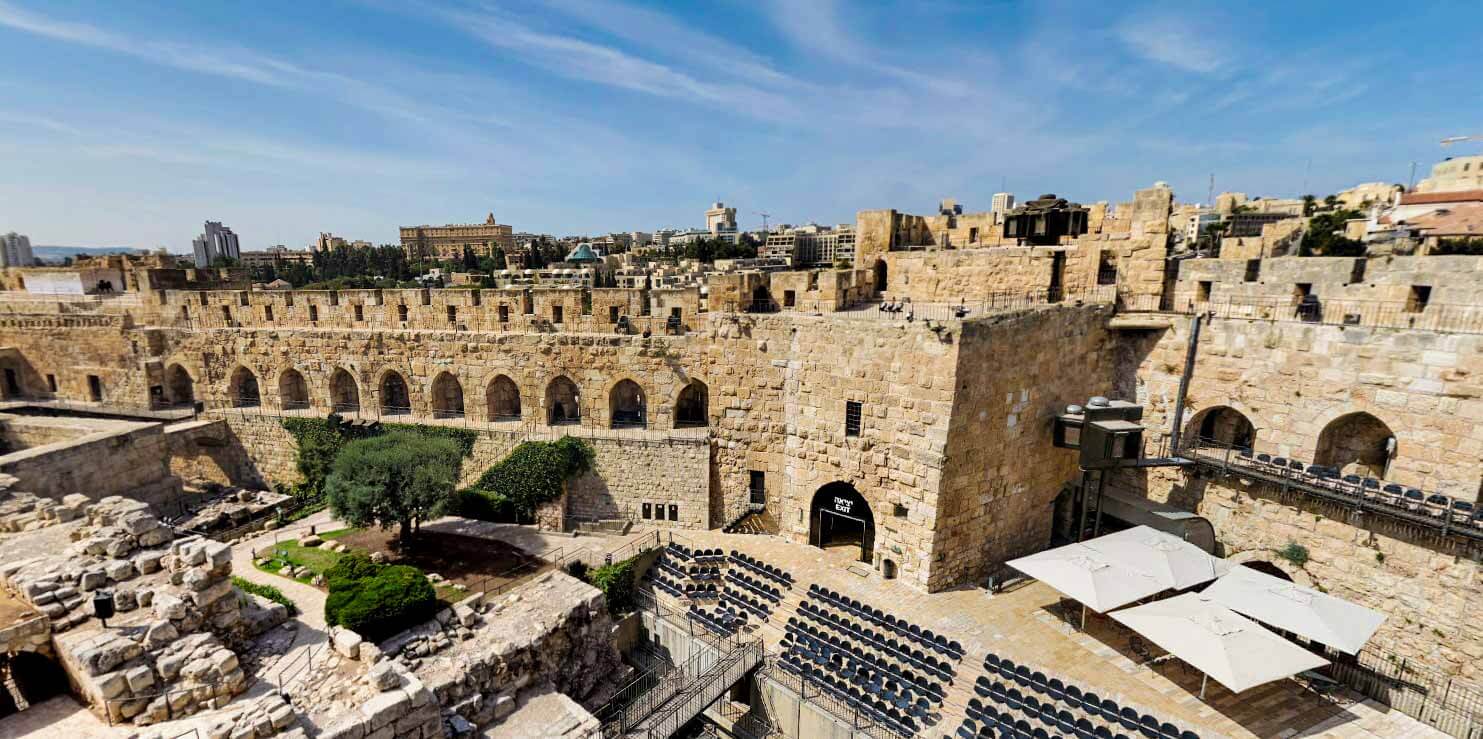West Bank, Palestine
Coordinates: 31.837485, 35.549586
Qasr al-Yahud (lit. “The tower of the Jews”) is the official name of a baptism site in the Jordan River Valley in the West Bank.
After the Six-Day War in 1967, it has been placed under Israeli control.
It is the western part of the traditional site of the baptism of Hz. Isa عليه اسلام by Hz. Yahya عليه اسلام (acc. to christians sources), in Arabic Al-Maghtas, a name which was historically used for the pilgrimage site on both sides of the river.
This site (like al-Maghtas) also claims that Hz. Ilyas عليه اسلام ascended to heaven from this side of the Jordan river (instead of Elijah’s hill on jordan side)
The Jordanian side uses the names Al-Maghtas, Bethany beyond the Jordan Baptism Site, while the western part is known as Qasr al-Yahud.
Name
The nearby Greek Orthodox Monastery of St John the Baptist has a castle-like appearance (thus qasr, “castle”), and tradition (jewish) holds that the Israelites crossed the river at this spot (thus al-Yahud, “of the Jews”).
Location
Qasr al-Yahud is located in the West Bank, a little southeast from Jericho and is part of the Jericho Governorate of Palestine.
Site
The west side of the traditional baptism site became again a target for mass pilgrimage toward the end of the 19th and beginning of the 20th century.
Later in the century, a large number of churches and monasteries were built between the old Greek Orthodox Monastery of St John the Baptist and the river, an area that became known as the “Land of the Monasteries”.
It comprised Catholic (Franciscan), Greek, Ethiopian Orthodox, Syriac, Russian, Romanian, and Coptic churches.
After 1967
The modern site reopened in 2011 after being closed since the 1967 Six-Day War. The restoration project was approved before the 2000 millennium celebrations but was delayed due to the Second Intifada and flooding in the region in 2003.[2] In 2000, Pope John Paul II held a private worship at the site.
While Qasr Al-Yehud was inaccessible, the long-established Kibbutz Kinneret began running a substitute site at Yardenit, near the southern end of the Sea of Galilee, with modern facilities and shady eucalyptus trees. It has been receiving more than half a million visitors a year, many receiving baptism or renewing their baptismal promises in the Jordan River.
Note: Some of the information in this article comes from Christians sources.




